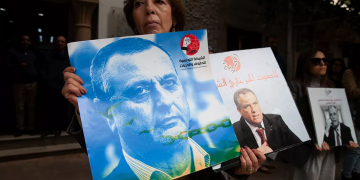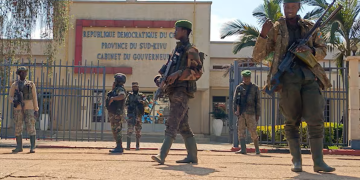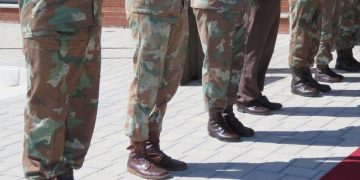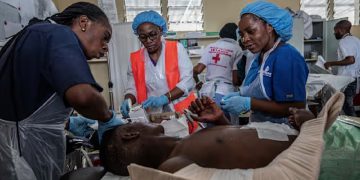GOMA, Democratic Republic of the Congo – Hospitals in the eastern city of Goma are facing an unprecedented crisis, overwhelmed with patients suffering from gunshot wounds, mortar injuries, and shrapnel wounds as violence continues to escalate.
According to reports from UN agencies and aid organizations, many dead bodies lie in the streets amid ongoing clashes between Rwandan-backed M23 rebels and Congolese forces.
A Surge in Violence
The situation deteriorated dramatically when M23 rebels marched into Goma on January 27, marking a significant escalation in the decades-long conflict that has plagued the region.
Despite facing resistance from the Congolese army and their allies, the rebels have declared control over key areas of the city, intensifying fears among residents.
Jens Laerke, spokesperson for the UN humanitarian office, reported ongoing heavy small arms and mortar fire throughout Goma.
“The humanitarian situation in and around Goma remains extremely worrying,” Laerke stated during a briefing in Geneva.
“Hospitals are reportedly overwhelmed, struggling to manage the influx of wounded people,” he added, highlighting the dire conditions faced by medical facilities.
The Toll on Health Services
Adelheid Marschang, emergency response coordinator for the World Health Organization (WHO) in Congo, confirmed that hundreds of individuals have been admitted to hospitals with severe injuries.
“We are hearing reports of health workers being shot at and patients—including babies—caught in crossfire,” she said.
The Red Cross reported that one hospital alone received over 100 patients within 24 hours, many suffering from head and chest trauma due to mortar and shrapnel injuries.
Patrick Youssef, regional director for Africa at the International Committee of the Red Cross, expressed alarm at the rising number of severely injured children.
Humanitarian Response Under Strain
As Goma grapples with this escalating crisis, humanitarian agencies are calling for immediate support to address the urgent needs of those affected by the violence.
The influx of casualties has strained medical resources, with patients often waiting in corridors due to a lack of available beds.
The situation is compounded by reports of sexual violence against women during clashes, further exacerbating the humanitarian crisis.
Aid organizations are working tirelessly to provide assistance but face significant challenges due to ongoing hostilities.
The Broader Context: Regional Implications
The conflict in Goma is deeply rooted in a complex history involving various armed groups vying for control over valuable mineral resources in eastern DRC.
The M23 group, primarily composed of Tutsi fighters, has long claimed to advocate for the rights of their minority community but has been accused of committing atrocities against civilians.
International observers have raised concerns about Rwanda’s alleged support for M23 rebels, complicating diplomatic efforts to stabilize the region.
As violence escalates and humanitarian needs grow, calls for peace talks and intervention from regional leaders become increasingly urgent.
A Call for Action
The situation in Goma serves as a stark reminder of the ongoing humanitarian crises plaguing conflict zones around the world.
With hospitals overwhelmed and countless lives at stake, it is imperative for international actors to engage actively in seeking solutions that prioritize peace and stability.
As Goma faces this critical juncture, the resilience of its people and the commitment of humanitarian organizations will be vital in navigating this turbulent period.
The world watches closely as efforts are made to restore order and provide much-needed relief to those affected by this devastating conflict.













